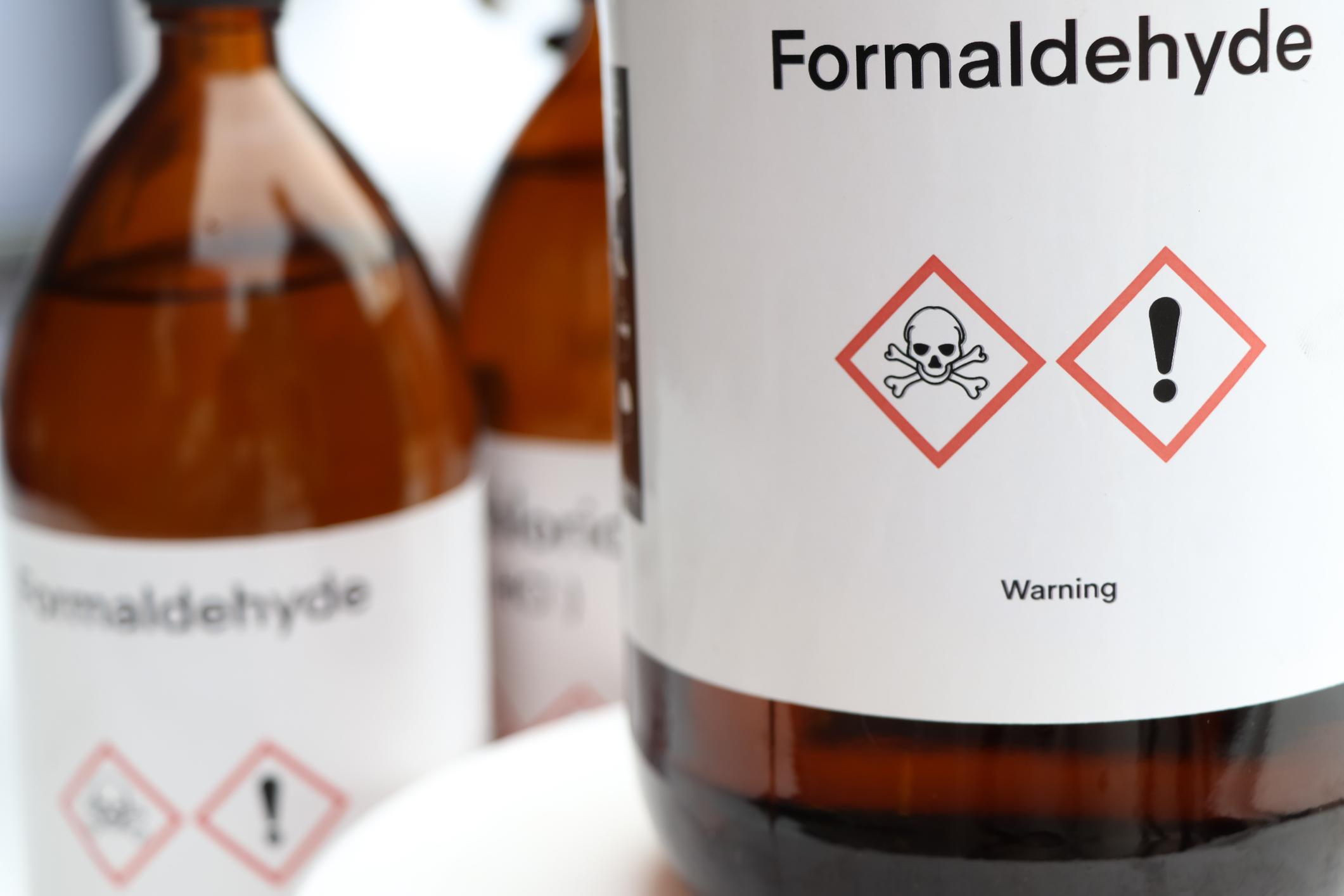The Food Agency has launched a new warning against the harmful effects on the health of bisphenol A. Cash receipts, cans, this product is found in many everyday objects.

Tins, receipts, bisphenol A (BPA) is everywhere. In a report released on April 9, the Food and Environment Agency (Anses) unveils the results of its assessment of the health risks associated with BPA. And as in 2011, the ANSES opinion confirms the health dangers of this chemical compound, in particular for pregnant women and unborn children. So how to detect the presence of bisphenol A? Manual…
Food containers and BPA
The population is mainly exposed to BPA through their food (80% of the contamination). In food plastics, bisphenol A is currently used for the manufacture of a material, polycarbonate, a hard, transparent, recyclable plastic. It can be confused with materials such as plexiglass or polypropylene, for example.
Result, this compound can be present in a varied range of kitchen utensils: blender (mixer), airtight microwave boxes, autocooker tanks, pastry nozzles, pitchers, refrigerator trays, underlines the press release of the ‘Handles. BPA is also used in the bottles of water fountains.
It is also found in the manufacture of certain epoxy resins which are used as coating varnishes inside certain food containers. These varnishes are intended for the protection of metal packaging and constitute a continuous film of very low thickness.
How to recognize utensils containing BPA
It is very difficult in the absence of precise label mentions on the containers to be sure of the presence of bisphenol A. However, in the most common cases, certain principles make it possible to determine the food containers most likely to constitute a source of bisphenol A.
To date, the labeling of food plastics is not compulsory even if it is commonly practiced by manufacturers. The pictogram in which the numbers 1 to 6 are written lets you know that the material is not BPA. When it has the number 7 which corresponds to “other plastics”, the material can be made of bisphenol A if it bears the acronym PC underneath which indicates that it is polycarbonate, a molecule derived from BPA.
And concerning metal cans, again it seems complicated to recognize with certainty those likely to contain bisphenol A. Industrial practices, particularly in France, have probably evolved following discussions on this compound and have therefore potentially led to a reduction in the use of bisphenol A. However, it can be stated that glass cans do not generally contain bisphenol A (with the possible exception of the varnish present on the stopper).
.
















